White sand, black gold: when oil derricks loomed over California beaches
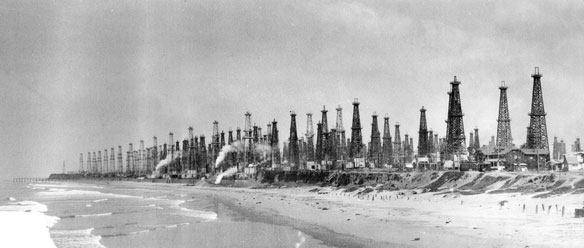
As California population boomed in the decades following the gold rush of 1849, there was a rapidly growing demand for petroleum. By 1920, California was producing 77 million barrels of oil a year, and vast stretches of the state were occupied by derricks, and refineries. In coastal places such as Venice, oil derricks ran right up to the shore, mingling with residential neighborhoods and pristine beaches.
Niger Delta: Shell’s Manifestly False Claims About Oil Pollution Exposed, Again
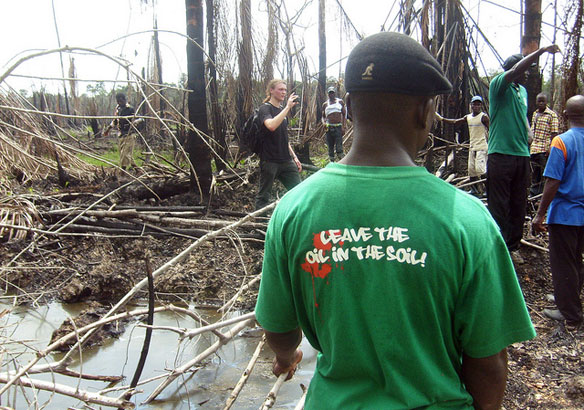
Claims by oil giant Shell that it has cleaned up heavily polluted areas of the Niger Delta are blatantly false, Amnesty International and the Centre for Environment, Human Rights and Development (CEHRD) said in a new report published November 3rd.
Obama Rejects Construction of Keystone XL Oil Pipeline

President Obama today, announced that he had rejected the request from a Canadian company to build the Keystone XL oil pipeline, ending a seven-year review that had become a flash point in the debate over his climate policies.
Tar Balls Mar Portion of Cocoa Beach, Florida
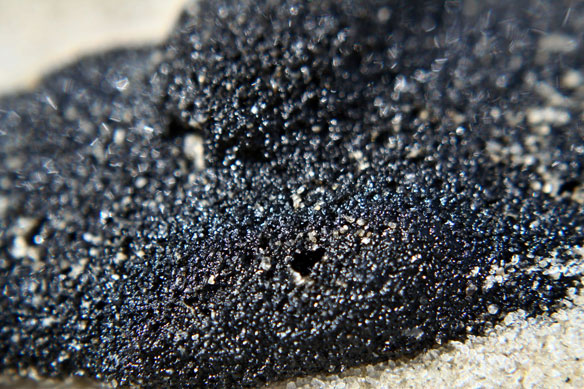
About a half mile to mile stretch of Cocoa Beach have been covered with tar balls and tar patties.
Why Keystone XL Is Dead
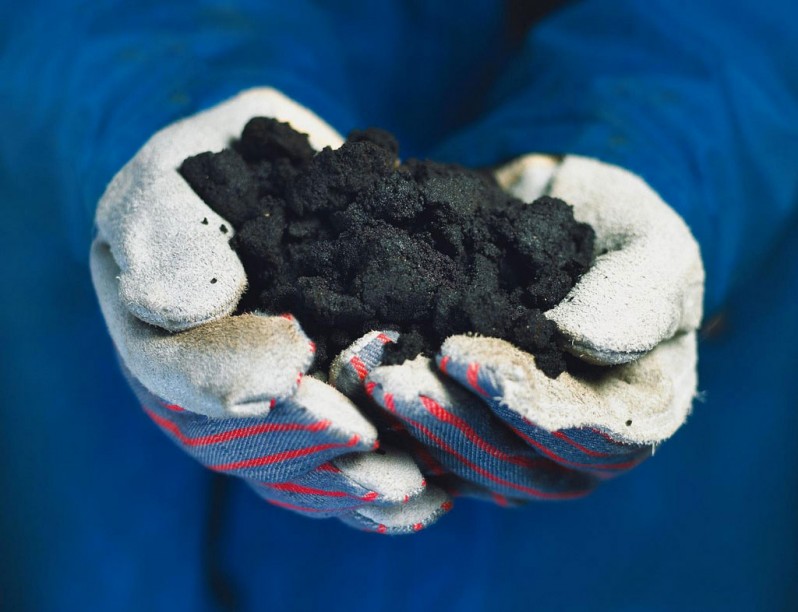
Once seeking a fast approval, TransCanada wants to pause the pipeline’s review. Why now?
What it Means: Shell Abandons Arctic Oil Drilling

Shell is giving up on its expensive and controversial push to produce oil in Alaska’s Arctic waters, a decision that darkens the long-term oil prospects of the U.S. and brings relief to environmental groups that had tried desperately to block the project.
Delayed Effects of Oil Spill Compromise Long-Term Fish Survival
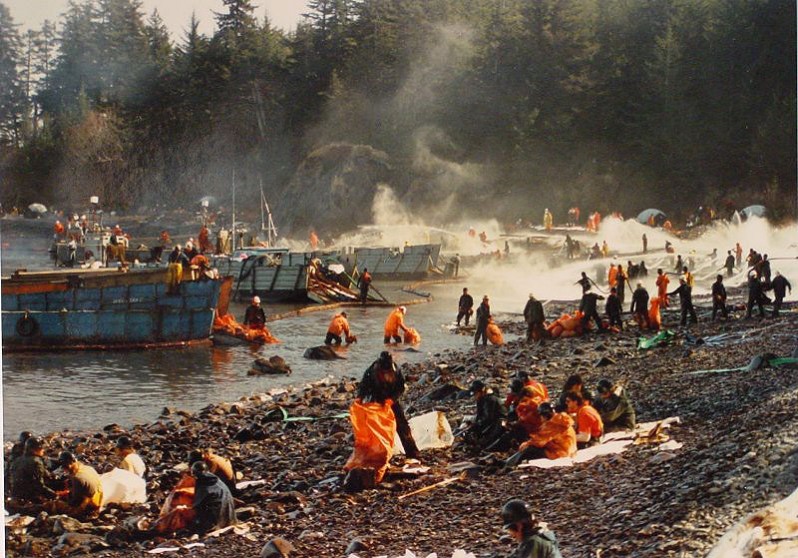
A new study concludes that the impacts of the Exxon Valdez spill on nearshore spawning populations of fish are likely to have been considerably underestimated in terms of both the geographic extent of affected habitat and the lingering toxicity of low levels of oil. The findings will likely contribute to more accurate assessments of the impacts of future oil spills
Summerland Beach Oil Prompts Health Warning and Beach Closure, CA
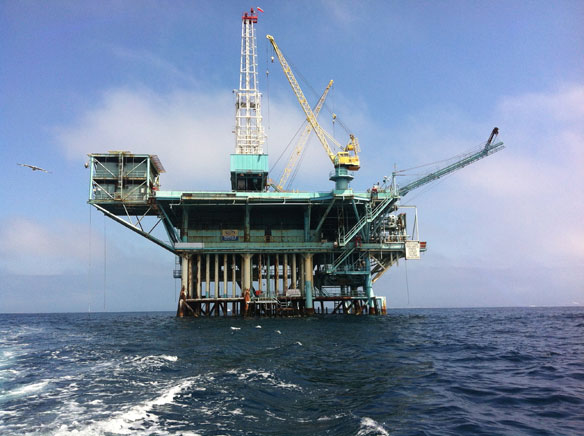
The decision to close Summerland Beach at this time was due to the volume of oil on the beach and sand, the nature of the oil (more liquid and mixed in the water and across sand as opposed to solid tar balls which are more easily avoidable) and intermittent strong petroleum odors at a level that may cause health effects.
Plains Says California Oil Spill Could Be Larger Than Estimated

Plains All American Pipeline LP’s ruptured California oil pipeline may have spilled 41 percent more crude than currently estimated.
